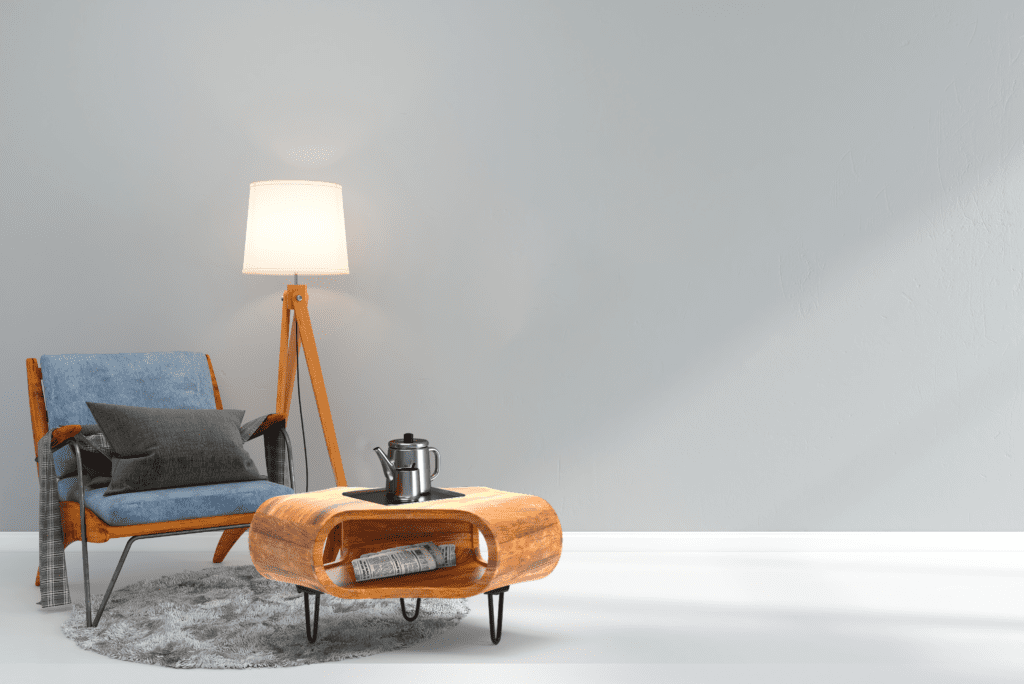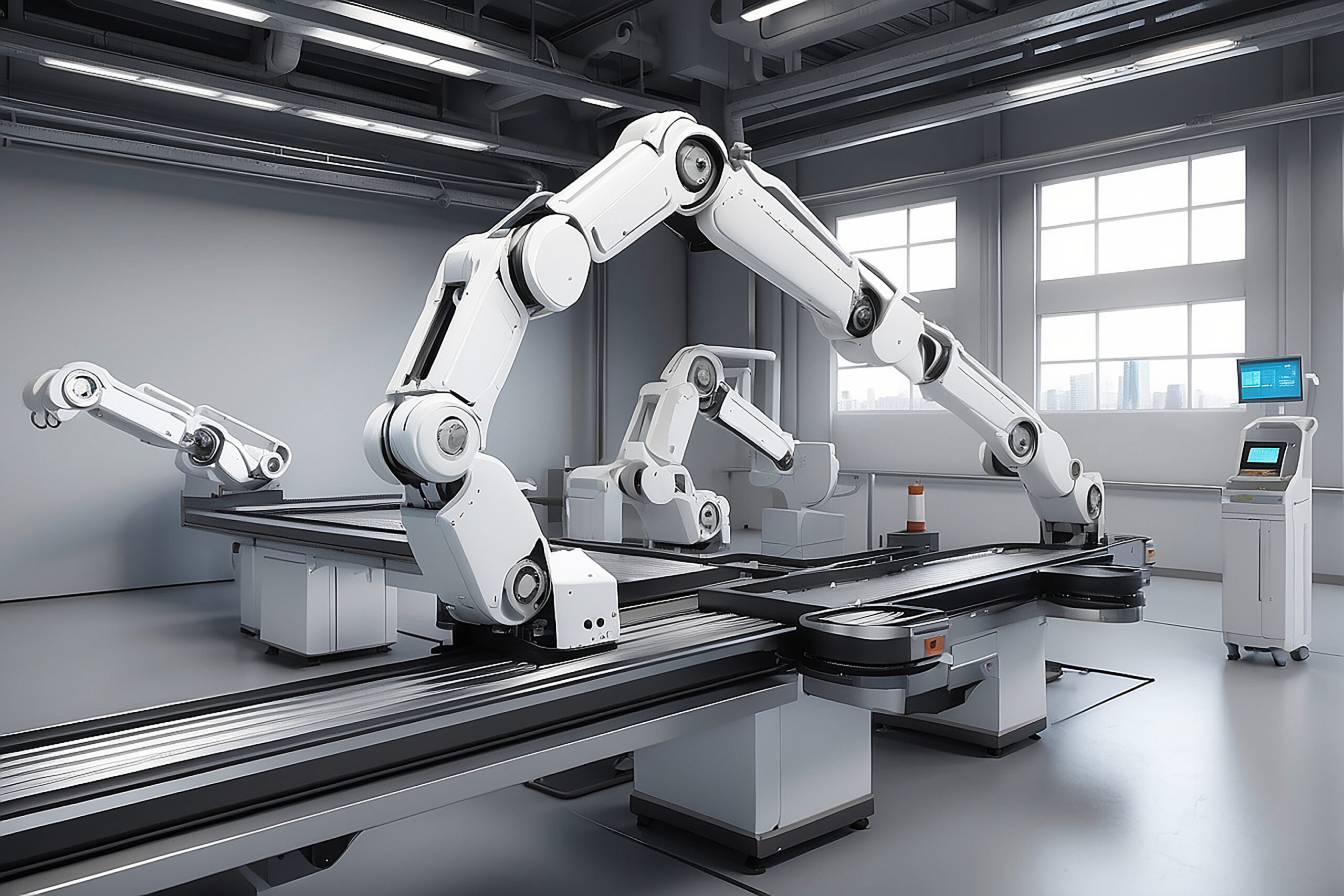In the world of furniture design and marketing, the ability to create stunning visual representations of your products is essential. Furniture rendering, the process of generating lifelike 3D images, has become a game-changer in the industry.
In the ever-evolving landscape of digital design, a captivating art form has emerged as the centre of attention: the art of furniture rendering. Empowered with the ability to transform basic sketches into lifelike masterpieces, these powerful furniture rendering techniques have become the ultimate goal for designers. Whether you are a forward-thinking digital marketer seeking to captivate your audience’s imagination or a tech-savvy business owner eager to showcase cutting-edge furniture designs, grasping these techniques can be a game-changing move. In this article, we will delve into the heart of these techniques, shedding light on how they can catapult your designs from the ordinary to the extraordinary.
Hello, dynamic digital marketers and tech-savvy business owners! Today, we embark on an exciting journey to explore the world of powerful furniture rendering techniques. Whether you’re navigating the intricate waters of 3D visualisation or have years of experience under your belt, this blog is a treasure trove of knowledge waiting to be uncovered.

Significant 7 Furniture Rendering Techniques for Impressive Design
1. Photorealistic Textures:
The foundation of compelling furniture rendering is using high-quality textures. Ensure that every element of your furniture, from wood grain to upholstery fabric, looks true to life. High-resolution texture mapping is key to achieving photorealism.
Whether we’re focused on the intricate wood grain or the delicate nuances of fabric upholstery, our dedication to capturing these textures accurately lies at the core of our work at Atellier. Our methodology is firmly anchored in precision and realism. We firmly hold the belief that by meticulously attending to materials and textures, we can produce renders that not only mirror reality but also elicit a profound sense of tactile authenticity. This unwavering commitment to authenticity propels your product imagery to new heights, ensuring it stands out genuinely in the market.
2. Accurate lighting
Realistic lighting is a critical element in furniture rendering. By replicating natural lighting conditions, you can create shadows, highlights, and reflections that make your furniture appear as if it’s in a real environment. Experiment with different types of lighting setups to find the one that best showcases your designs.
Through a thoughtful selection of lighting types and directions, you can enhance the textures and materials, bringing out their intricate nuances. Whether it’s the gentle, widespread radiance of ambient lighting or the intense spotlight’s dramatic focus, each lighting technique presents a distinctive viewpoint. Mastery of the art of lighting serves as a subtle yet potent instrument in our pursuit of crafting flawless 3D furniture visualization, explore the following article Creating Photorealistic 3D Visualization Techniques and Tools.
3. Composition and Staging
Consider the composition of your furniture within the scene. Arrange your pieces to tell a story and create a visually engaging setting. Proper staging can evoke emotions and highlight the functionality and aesthetics of your furniture.
This all-encompassing strategy introduces an additional level of refinement and realism to your visual representations. Positioning your rendered furniture within meticulously designed environments that incorporate elements like exquisite walls, opulent carpets, or captivating artworks establishes a harmonious synergy. These architectural enhancements not only enhance your furniture but also furnish a contextual backdrop and narrative to your visuals. The outcome is an immersive and captivating encounter for your audience, where each furniture piece seamlessly integrates into a broader, visually enthralling narrative.
4. Ensure Accuracy through Proper Scaling
Scale is a frequently overlooked facet of furniture rendering techniques. The allure of an exquisitely rendered piece may diminish if it doesn’t harmonies with its surroundings. When creating your 3D visuals, it is imperative to confirm that your furniture seamlessly fits within the room’s proportions and style.
Your rendered furniture ought to effortlessly blend into the room’s design, guaranteeing a flawless match with both the dimensions and the overall aesthetics. This meticulous attention to scale not only upholds the authenticity of your visuals but also amplifies their overarching influence, leaving observers with a feeling of genuineness and wholeness within the virtual realm.

5. High-Quality Modeling
Invest time in high-quality 3D modelling to ensure that the furniture’s geometry is accurate and detailed. Precision in modelling ensures that every curve, edge, and angle of your furniture is rendered realistically.
A good-quality 3D model is a base of high-quality render image. Without a good 3D model you cant not create realistic images. Additionally, high-quality modeling allows for better material and texture mapping, resulting in more visually appealing and lifelike furniture representations. It also enables designers to easily make modifications or create variations of the furniture design without compromising its realism.
6. Immerse Yourself in the World of Motion with 3D Animation
Concluding our roster of potent furniture rendering techniques, we venture into the thrilling realm of 3D animation. Beyond static imagery, animations introduce an entirely immersive and interactive user journey. With this dynamic tool, you can spotlight the flexibility, distinctive perspectives, or extraordinary attributes of your furniture designs.
3D animation empowers us to infuse vitality into our innovations, enabling your audience to interact with your furniture in a profoundly fresh manner. As we delve into the boundless potentials of 3D animation, we unlock novel avenues to enthral and enchant your spectators, imprinting a lasting memory of your furniture designs.
7. Post-Processing Techniques
After rendering, post-processing techniques can take your images to the next level. Adjust contrast and color balance, and add subtle effects to enhance the final look of your furniture. Software like Adobe Photoshop can be invaluable for this step.
Why should Atellier be your first choice?
Embarking on a journey into the realm of 3D visualisation demands a trustworthy partner, and Atellier firmly holds that pivotal role.
Here’s why you should opt for us
Expertise
Atellier boasts a seasoned team of professionals with extensive experience in employing potent furniture rendering techniques.
Innovative Solutions
We maintain a forward-thinking approach, constantly embracing the latest technologies and tools to breathe life into your furniture designs.
Client-Centric Philosophy
Your vision is our guiding mission. We collaborate closely with you, ensuring the final render perfectly aligns with your expectations.
Cost-Effective Excellence
At Atellier, we prove that top-quality results need not come with exorbitant price tags, 3D Product Rendering: All you should know.
With a track record of success and an unwavering dedication to excellence, Atellier is the ultimate choice for all your furniture rendering requirements.
In the competitive world of furniture design and marketing, powerful furniture rendering techniques can be a game-changer. These seven strategies, from photorealistic textures to post-processing enhancements, can help you create images that not only showcase your furniture designs but also capture the attention and imagination of your audience. By mastering these techniques, you can present your furniture in the best possible light, making it easier for customers to visualize your creations in their own spaces and ultimately driving sales and brand recognition.





